
"This guest of summer,
The temple-haunting martlet, does approve
By his loved mansionry that the heaven's breath
Smells wooingly here. No jutty, frieze,
Buttress, nor coign of vantage, but this bird
Hath made his pendant bed and procreant cradle;
Where they most breed and haunt, I have observed
The air is delicate."
(Macbeth, Act I, scene VI)

This particular amazing encounter took place in Mid-Wales. I noticed the adult House Martins feeding their young in the nest constructed beneath the eaves to the rear of the house (that is just below the rain water hopper head above the drain pipe in the picture). They were catching air-bourne insects to feed the chicks and as one adult returned to the nest with a beak full of insects the other adult left the nest to catch more.

On leaving through the front main entrance five House Martins swooped in and out of the porch, resting on the internal ledges and then almost hoovering at the doorway of the porch before deciding to dive in and fly gracefully around the interior.

It was an incredible experience to be so close to this magnificent bird in flight.
The Common House Martin (Delichon urbicum), sometimes called the Northern House Martin or, particularly in Europe, just House Martin, is a migratory bird of the swallow family which breeds in Europe, North Africa and temperate Asia; and winters in sub-Saharan Africa and tropical Asia.

The Common House Martin was originally a cliff and cave nester, and some cliff-nesting colonies still exist, with the nests built below an overhanging rock. It now largely uses human structures such as bridges and houses. Unlike the Barn Swallow, it uses the outside of inhabited buildings, rather than the inside of barns or stables. The nests are built at the junction of a vertical surface and an overhang, such as on house eaves, so that they may be strengthened by attachment to both planes.

The nest is a neat closed convex cup fixed below a suitable ledge, with a narrow opening at the top. It is constructed by both sexes with mud pellets collected in their beaks, and lined with grasses, hair or other soft materials. The mud, added in successive layers, is collected from ponds, streams or puddles
Once established, pairs remain together to breed for life; however, extra-pair copulations are common, making this species genetically polygamous, despite being socially monogamous.






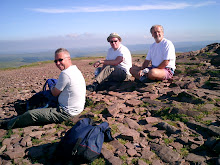


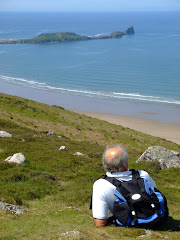


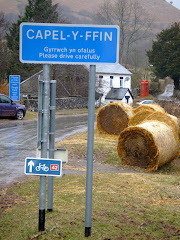
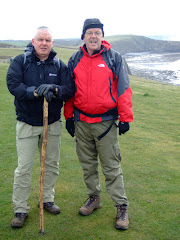


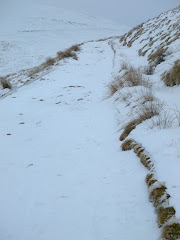


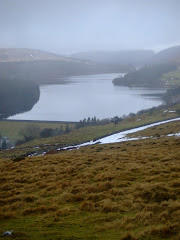














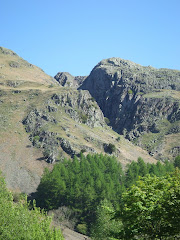

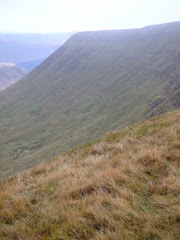

No comments:
Post a Comment